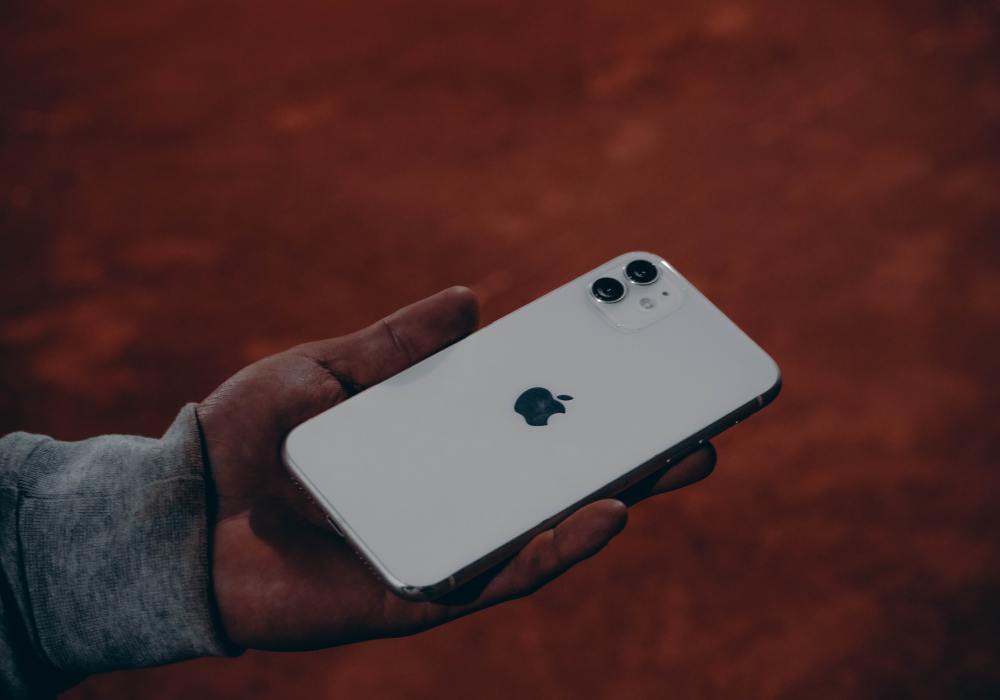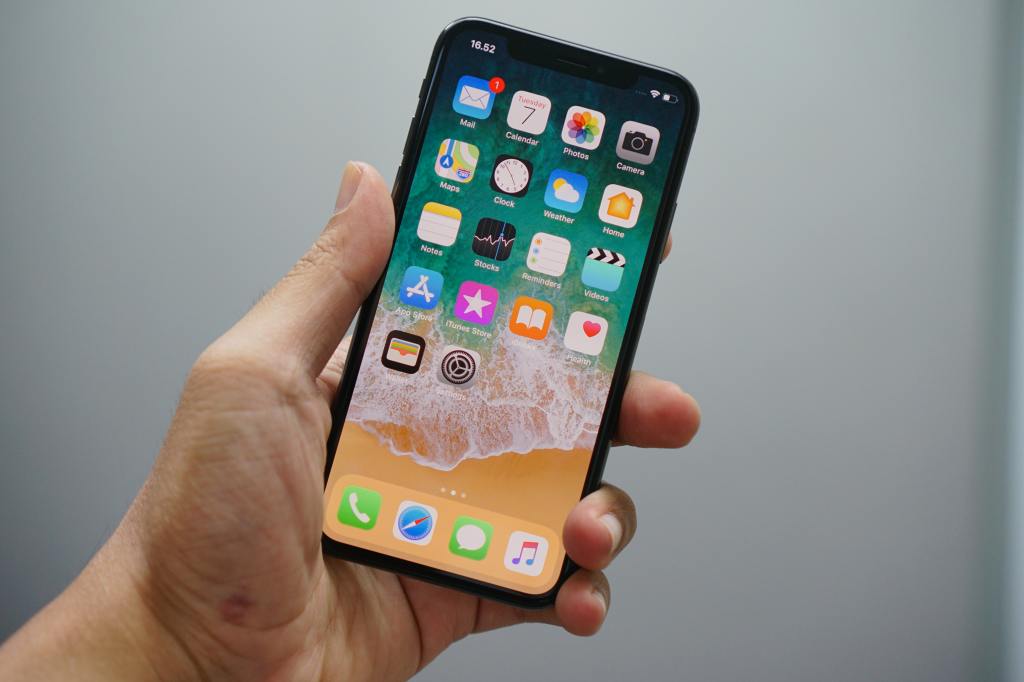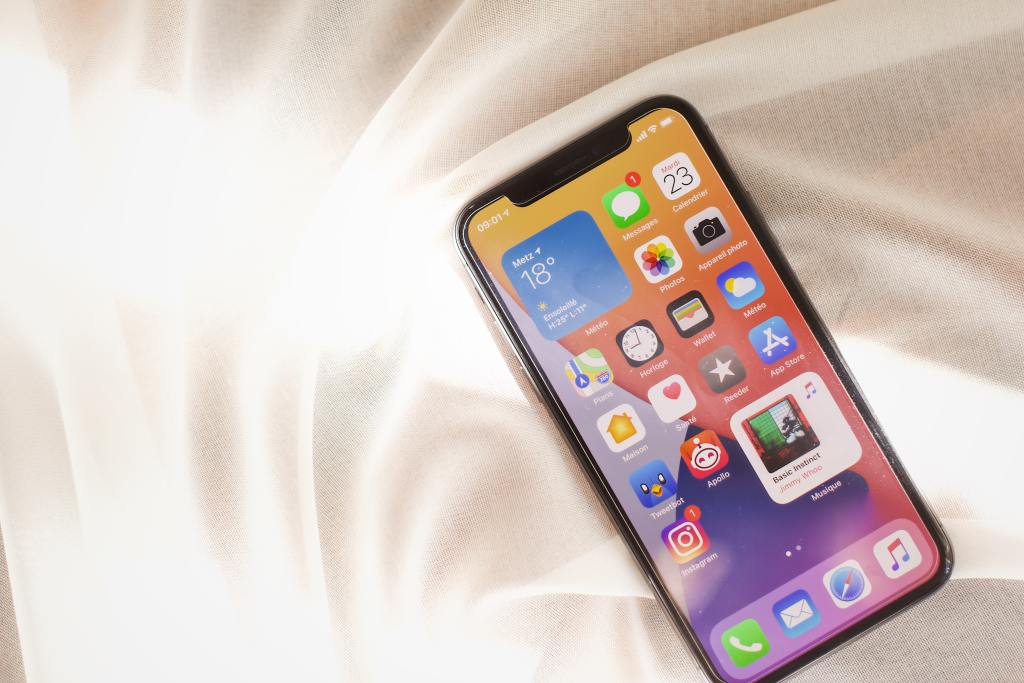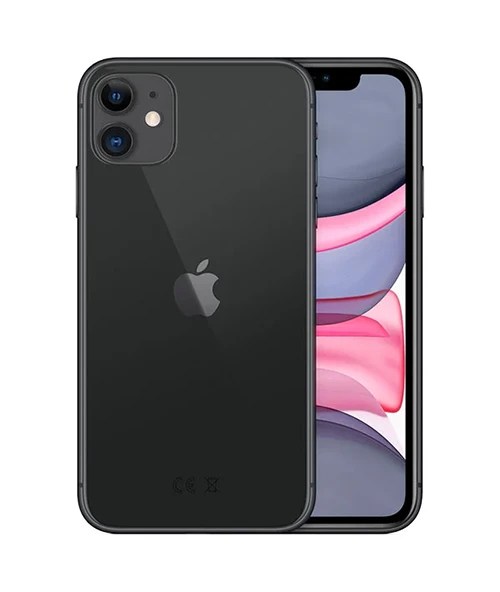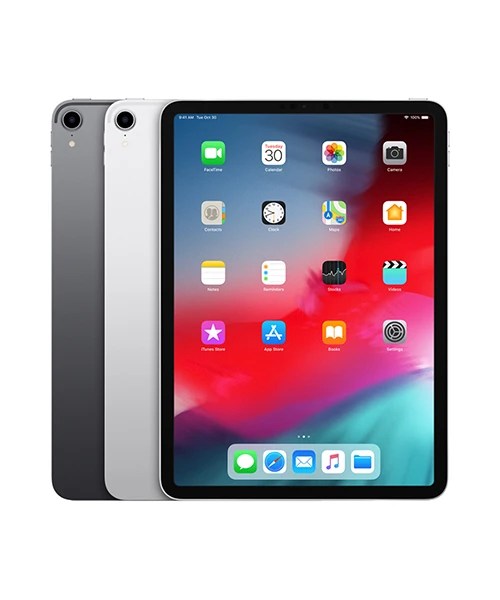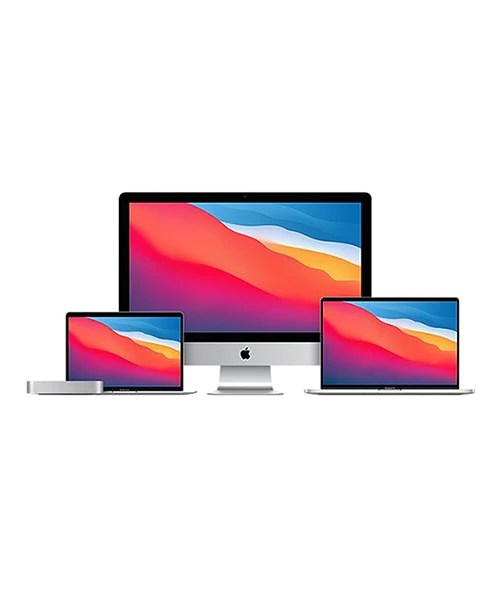Here are The iOutlet’s tips and tricks for protecting your iPhone and data.
It’s likely that your iPhone is one of the most valuable items you carry with you every day, both in terms of monetary value and sentimental value. We know that important files and cherished memories are stored on your phone in the form of photos, videos and documents. In fact the longer you have used your device the more valuable it becomes in terms of the data that is stored on the device. This data gives businesses and hackers access to information about you that you might not want shared including your spending habits, recent purchases, browsing history and more.
Turning on ‘Find My iPhone’
This feature uses the GPS location of your phone so you can monitor its location from a second device, such as an iMac or MacBook. You can also choose to share your location with friends and family which could help you locate your device if you lose it whilst out and about with someone else. If you do realise you’ve lost your device or suspect it has been stolen make sure you go online and remote lock it so that no data can be accessed. You should also contact your service provider and get your sim locked so that your data, calls or texts can’t be used. If you have Apple Pay enabled we also recommend freezing the cards that are linked to ensure no fraudulent purchases are made.
Secure pins and passwords
If your device is stolen one of the things you might care most about is the loss of photos and videos that hold special memories. Anytime a device is stolen, photos and videos stored locally on the device only, are one of the easiest things to get rid of as they can simply be wiped from the phone’s memory. To make sure your device can’t easily be wiped, ensure you have set a secure password, we recommend using a combination of numbers, letters and other characters.
The most common combinations for pins on an iPhone are 1234, 1111 and 0000 – these are not secure and allow anyone to easily access your device with little effort. If you are using Face ID or Touch ID make sure you also have a good pin password to keep your phone as private as possible.
Back up!
Most importantly make sure you regularly backup your files on cloud storage, iCloud is the obvious choice since it is integrated with the IOS software however, other great options include Amazon Photos (included if you are a Prime member) or DropBox. Although the additional cost of storage can seem like a waste of money, if you were to lose your device you’ll be glad to have your photos and videos backed up.
The process of backing up your photos/videos with iCloud or similar is simple. All you need to do is select the photos or album you would like to be kept in storage and make sure you are connected to Wifi or mobile data so they can upload.
Encrypting your device
Data is another valuable part of your iPhone that is at risk of being stolen. Data can be used to access your mobile banking, send blackmail or scams to your contacts and hold the information of your accounts such as email, social media and more. To prevent this data from being readily available we recommend encrypting your device. Use your phone’s full disk encryption option to ensure that data cannot be accessed without the correct authentication.
To activate this on your iPhone go to Settings >
- Touch ID & Passcode
- Press “Turn Passcode On” if not enabled already.
- Press “Passcode options” to choose a custom numeric or alphanumeric code (recommended).
- Confirm your device is encrypted by scrolling to the bottom of the Settings > Touch ID & Passcode screen.
- You should see the “Data protection is enabled” message.
Insurance
Finally, get insurance for your device! You can pick up insurance for your device for as little as £4 a month. Having this insurance might not feel worthwhile most months, but if you do ever need it it’ll work out much more affordable than buying a brand new device.





